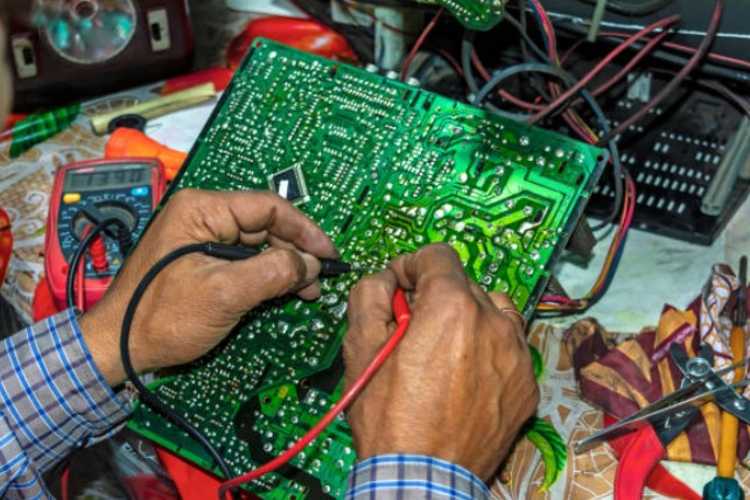
Semiconductors lie at the heart of the global race for technological dominance. As the world’s fastest-growing major economy, India is determined to secure a place in this critical industry. This year, New Delhi has approved four additional projects under the India Semiconductor Mission (ISM), to be located in Odisha, Punjab, and Andhra Pradesh. These come ahead of SEMICON India 2025, where more than 500 companies, policymakers, academics, and innovators will gather to shape India’s role in the global electronics ecosystem.
The government recently cleared projects worth about ₹4,600 crore, expected to create over 2,000 skilled jobs. With these, the number of sanctioned projects under ISM rises to ten across six states, representing total investments of around ₹1.6 lakh crore. Four new companies—SiCSem Private Limited, Continental Device India Private Limited (CDIL), 3D Glass Solutions Inc. (3DGS), and Advanced System in Package (ASIP) Technologies—have also entered the fray.
READ | Break up Google? What the antitrust remedy means for AI
SiCSem and 3DGS will establish plants in Bhubaneswar, CDIL will expand in Mohali, and ASIP will set up in Andhra Pradesh. Production is expected to begin within two to three years. The implementation timeline will be the true test of India’s semiconductor ambitions, as the country still awaits its first indigenously manufactured chip.
The big projects
India’s semiconductor drive began in earnest in 2021 with a ₹75,000-crore incentive package. Since then, several large-scale investments have been announced. These include the Tata-PSMC fabrication unit in Dholera, Gujarat, with an outlay of ₹91,526 crore and a planned capacity of 50,000 wafers a month by 2026; the Micron ATMP facility in Sanand, Gujarat, with ₹22,900 crore in investment, to be operational by late 2025; Tata TSAT’s OSAT unit in Assam; Kaynes’ OSAT facility in Gujarat producing over six million chips a day; and the HCL-Foxconn joint venture in Uttar Pradesh, targeting 36 million display driver chips a month by 2027.
![]()
India’s semiconductor demand is projected to hit $100 billion by 2030, up from a market size of $34.3 billion in 2023. Exports are growing but remain modest—$516 million in 2022, primarily to the US, Hong Kong, and South Africa. Imports, however, stood at $4.55 billion, with China, Singapore, and Vietnam as key suppliers. Telecom and industrial applications account for two-thirds of demand, while consumer electronics, IT, and mobility drive the rest. The spread of 5G, artificial intelligence, and electric vehicles is set to intensify requirements.
The hard truths
Beyond the numbers lies a sobering reality: India has not yet produced a fully indigenous chip. Taiwan, South Korea, China, and Singapore are far ahead. Building semiconductor capacity requires not just billions in capital but also world-class infrastructure—ultra-clean facilities, reliable utilities, and precision machinery. These take years to build.
Equally important is the ecosystem. Taiwan’s TSMC is supported by a dense network of suppliers, logistics players, and skilled labour. India, in contrast, is still building its ecosystem from scratch. Its strength lies in chip design, not manufacturing. Bridging this gap will take decades of sustained effort.
Geopolitics and strategic choices
Semiconductors are not just about technology; they are also about geopolitics. India enjoys US backing but remains partly dependent on Chinese inputs in lower-tech components. Navigating these rivalries without compromising strategic autonomy will be a delicate balancing act.
India’s plan to leapfrog into high-end chipmaking must be tempered by realistic expectations. Competing head-on with Taiwan or China in the short term is implausible. A phased strategy—starting with assembly, testing, and packaging, and gradually moving up the value chain—is more viable. These segments require lower investment and can deliver quicker wins.
Government support will have to be matched by private capital, global partnerships, and a steady pipeline of skilled engineers. Infrastructure creation and supply chain development are equally critical. If these pieces fall into place, India can build a credible semiconductor base—first in design and assembly, and eventually in advanced manufacturing.
